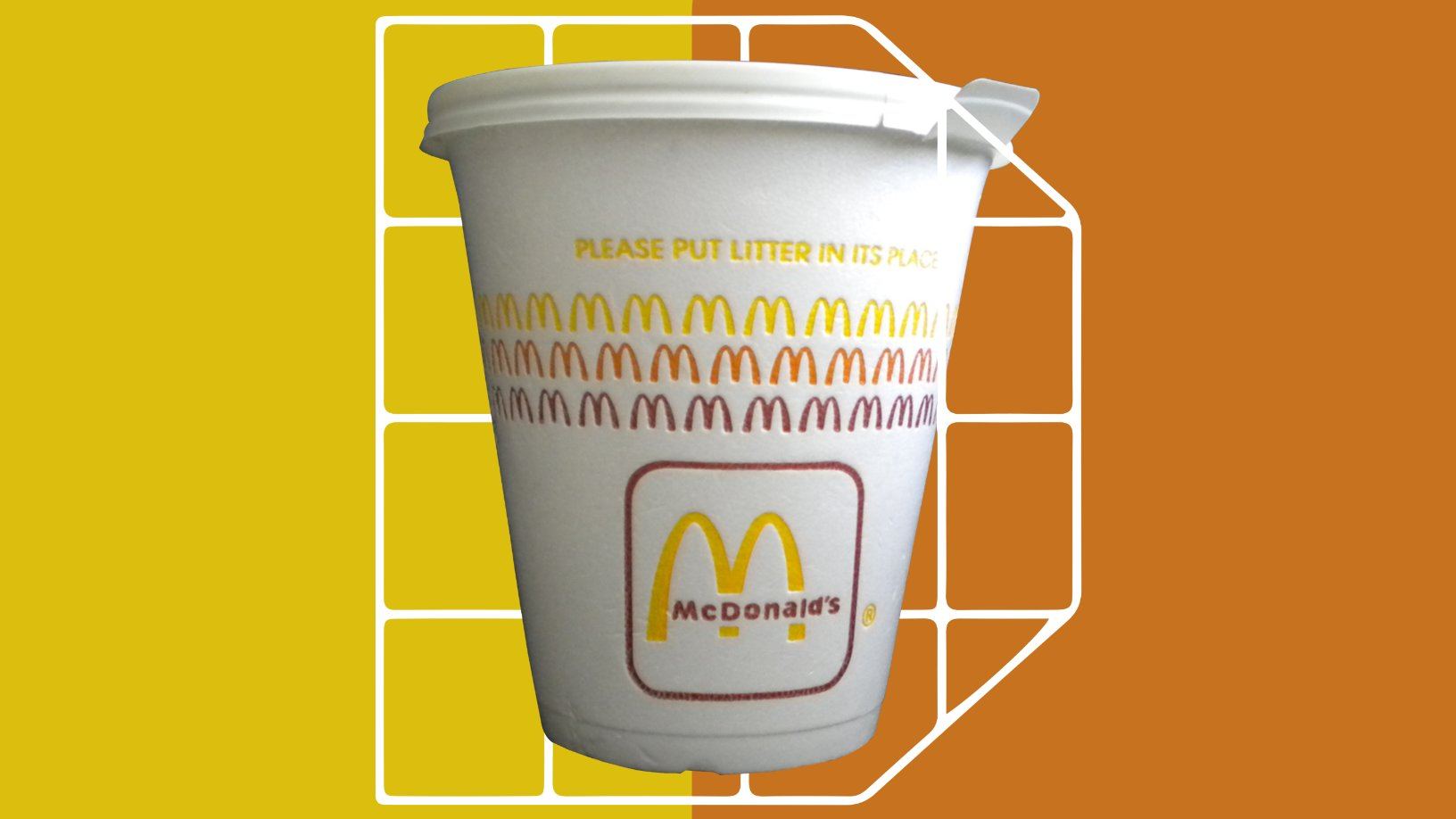Drink at Your Own Risk: How a 90s Lawsuit Changed (or Failed to Change) Coffee Drinking
By
Published
Filed under

By
Published
Filed under

You can sue anybody for just about anything—sue Michael Jordan because you look too similar to him, sue a dry cleaner for millions over misplaced pants, sue a beer company because the tropical setting and beautiful ladies from the ads fail to transpire.
And yes, sue McDonald’s because their coffee is hot.
You may already be aware of the lawsuit in question, Liebeck v. McDonald’s Restaurants. It’s long been the poster child of frivolous lawsuits because, duh, coffee is hot. Who orders their morning brew wanting it to be room temperature? Clearly, Stella Liebeck found a loophole and cashed in on it before some other crafty idiot was able to.
Get unlimited access to latest industry news, 27,000+ articles and case studies.
Have an account? Sign in